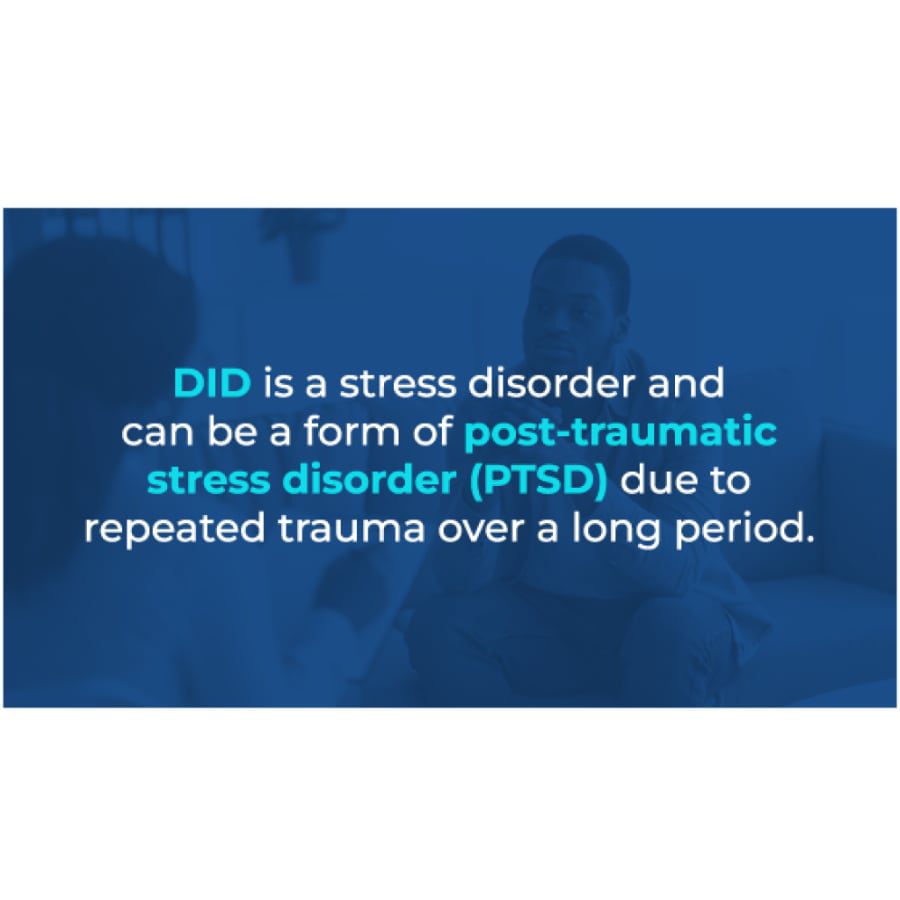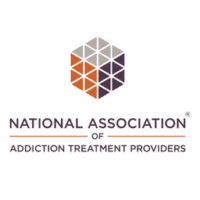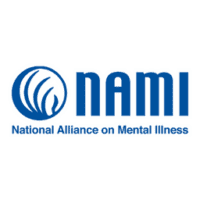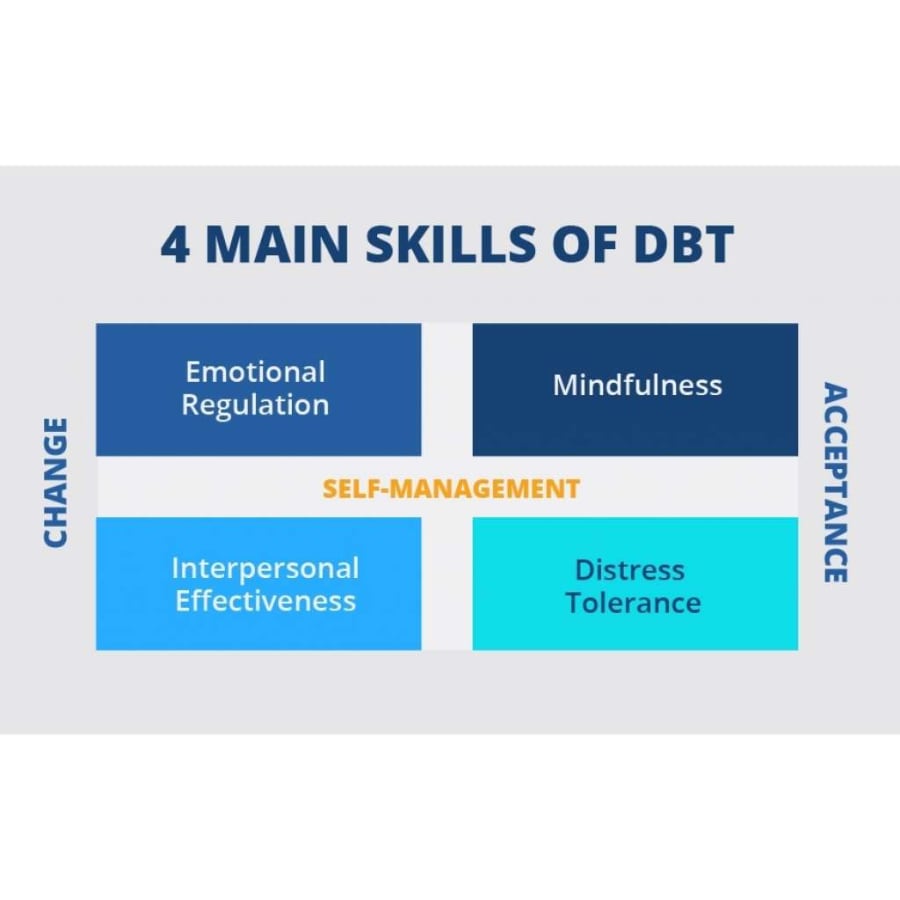At what age does Dissociative Identity Disorder develop?
DID can be diagnosed at any age; however, symptoms commonly develop during childhood.
Dissociative Identity Disorder (DID), previously known as multiple personality disorder, is a rare mental health disorder characterized by alternating between two or more identities.
A young adult with DID may hear different voices in their head that are trying to take control.
Each identity, or alteration, can have distinct names, characteristics, and mannerisms. They may also have different memories, experience different health conditions, or speak different languages.
DID is most commonly found in individuals who have experienced severe abuse and childhood trauma.
DID can be diagnosed at any age; however, symptoms commonly develop during childhood.
According to StatPearls, about 1.5% of the global population is diagnosed with DID.
Signs and symptoms of dissociative disorders in young adults can include:
Sandstone Care provides age specific care for those who struggle with substance use, mental health, and co-occurring disorders. We have treatment centers throughout the United States.
Yes, the Diagnostic and Statistical Manual of Mental Disorders describes three different kinds of dissociative disorders that include:
Dissociative amnesia involves difficulty remembering significant information about one’s self. It can be centered around a specific event or even concern their identity and history.
Amnesic episodes can last anywhere from minutes or hours to years.
Depersonalization disorder is characterized by consistent feelings of detachment from actions, thoughts, or feelings. Someone struggling with depersonalization disorder can also feel that the people or things around them aren’t real, which is known as derealization.


Dissociation most commonly develops as a response to trauma at a young age.
Trauma can include childhood abuse, sexual abuse, emotional abuse, physical abuse, loss of a loved one, natural disasters, or any other stressful life event.
Sensory stimuli related to a person’s trauma commonly trigger dissociation, such as specific smells, people, noises, and objects.
Some research characterizes DID as a stress disorder and can be a form of post-traumatic stress disorder (PTSD) due to repeated trauma over a long period.

People of any background can develop DID; however, it is most commonly seen in individuals who have experienced trauma.
Sometimes, a person may not know or remember trauma as it may have become “blocked out” in their brain.
According to Clinical Psychopharmacology and Neuroscience, the main feature of dissociation is a disruption of one or more mental functions.
Dissociation can disrupt a person’s consciousness, memory, identity, thinking, emotions, and behavior.
Signs and symptoms of dissociation can include:

A doctor will review a person’s symptoms and personal history to diagnose dissociative disorders.
To rule out any physical conditions, like a brain injury or sleep deprivation, they will also perform physical exams that may cause similar symptoms.
It is also important to note that cultural background can play a role in diagnosing dissociative disorders.





The Continuum of Care
Access a full range of treatments for mental health and substance use disorders. Whether you need a safe transitional living community, inpatient care, or outpatient therapy, we have a program to help.
5-21 days of 24/7 on-site medical supervision.
Our Medically-Assisted Detox and Inpatient Center offers private rooms and 24/7 medically supervised care to support a safe recovery from drugs and alcohol, followed by comprehensive treatment that addresses your physical, psychological, emotional, and spiritual needs.
2-6 Months
Our Transitional Living Program combines the structure of treatment and group living, with the freedom of living away from home.
This level of care is for young adults (18-30) who are not quite ready to heal from home. A safe and supportive living environment integrated with a PHP or IOP level of care so you learn life skills and healthy coping mechanisms in an environment that’s set up for your success.
4 weeks of on-site day treatment.
Our Young Adult Day Treatment Program, also known as Partial Hospitalization Program (PHP), is a highly structured level of care for young adults that offers five days of robust programming a week.
Our two distinct mental health and substance use tracks help young adults to stabilize, begin to understand their mental health and/or addiction struggles, and heal from them. We strive to help our clients become more like the person they want to be without using negative coping strategies or substances to get there.
12 weeks of on-site or virtual treatment.
Our Young Adult IOP, or Intensive Outpatient Program, offers two distinct tracks to address young adult needs, each track consisting of 3-4 days of weekly programming.
In our mood disorder track, we are able to focus on mental health, depression, trauma, and anxiety. In our dual diagnosis track, we are able to support young adults with substance use and mental health challenges. Each focuses on developing positive social, academic, and vocational habits while continuing with their job or school responsibilities.


Sandstone Care offers age-specific, individualized, and evidence-based treatment programs that help you regain control of your life and achieve lasting recovery.
Dissociative Identity Disorder is a complex condition, making treatment difficult at times.
A person diagnosed with DID may experience trust issues or fear rejection, making it hard for them to open up to a therapist or others.
When treating individuals with DID, therapists commonly see their patients weekly or biweekly for a number of years.

First, it is important to go to your healthcare provider to receive a proper diagnosis where they will review symptoms and personal history.
Your healthcare provider can then refer you to a mental health specialist.
Treatment plans should be made to meet the specific needs of the individual so that they get the best care and support they deserve.
The approach to treating DID in young adults differs from person to person. Sometimes, a person may have to try different forms of therapy to find what works best for them.

CBT and other therapy can help treat young adults with DID. Sandstone Care supports teens and young adults with substance use and mental health disorders.
Psychotherapy, also known as talk therapy, is the best and most effective approach for treating dissociative identity disorder.
Psychotherapy refers to a variety of different treatment techniques that can help a person identify and change negative thoughts and behaviors.
Psychotherapy can be used in combination with medication or as an alternative.
Talk therapies can help people increase their awareness, learn how to cope with stress, improve their social and communication skills, and teach mindfulness and relaxation techniques.
Medications, such as antidepressants may also be prescribed along with psychotherapy for individuals with DID.
Young Adult Specific Approach
Young adult treatment helps you make change.
Change isn’t static. Change happens when you – and only you – decide. As a young adult addiction treatment center, our job isn’t to make you change. It’s to empower you as you seek something different.
Our programs include various experiential programs such as yoga, art therapy, physical activities, and outdoor adventures to help young adults become their happiest, healthiest selves.
Work one-on-one with an experienced young adult therapist to identify and address the underlying root causes of addiction.
Build resilience, test out your newly learned tools, and develop a community of support during your addiction treatment process.
Learn more about the young adult evidence-based addiction therapies we use to create long-lasting change beyond the walls of our programming.
Explore how our team uses MAT responsibly to address young adult addiction and in conjunction with our evidence-based therapies.
Engage your family in your recovery process. Addiction doesn’t happen in isolation, and treating the whole system is more effective.
Address substance use disorder and frequently co-occurring mental health needs like anxiety, depression, and trauma.
Develop workplace skills and vocational assets to help you find stability in school, work, and young adult environments.
Cognitive-behavioral therapy (CBT) is a form of talk therapy commonly recommended for individuals struggling with DID.
Through CBT, the therapist may communicate with the different alters to better understand each one and how they can help.
In CBT, a therapist may try to teach relaxation exercises so that they can figure out a way to cope with the stress that doesn’t involve switching.
CBT can help young people learn new coping mechanisms and skills they can use for managing stress and symptoms related to DID.


Dialectical behavior therapy (DBT), is a form of psychotherapy originally designed for individuals struggling with a borderline personality disorder or who were chronically suicidal.
Now, DBT is used for a variety of different mental health conditions.
DBT focuses on four main skills: mindfulness, interpersonal effectiveness, emotion regulation, and distress tolerance. Each of these skills works to help balance acceptance and change.
DBT can be helpful for teens and young adults because it targets the unique thoughts and feelings that can lead young people to destructive choices and behaviors.
EMDR is a therapeutic approach designed for people who have experienced traumatic life events, including childhood trauma.
According to Youth.gov, traumatic experiences can overwhelm the brain’s capacity to process information.
The goal of EMDR is to reprocess traumatic memories.
In an EMDR therapy session, the therapist will help you bring your focus on traumatic memory and then instruct you to perform side-to-side eye movements.
EMDR works by stimulating both sides of the brain so that they communicate with each other. EMDR is a more complex form of therapy that involves many components.
This form of treatment focuses on how past experiences can lead to PTSD or other psychological disorders and helps a person understand their triggers so they can learn how to improve their behaviors and mental health conditions.


16325 S Harlem Ave #260, Tinley Park, Illinois, 60477
(708) 905-2509

FAQ
Our goal is to provide the most helpful information. Please reach out to us if you have any additional questions. We are here to help in any way we can.
Dissociation is when a person becomes disconnected from their thoughts, memories, or identity.
Dissociation can last for hours or days and, in some cases, years. Experiencing symptoms of dissociation doesn’t necessarily mean someone has a dissociative disorder, but it could be a sign to seek help and receive a proper diagnosis.
Dissociation is known as a coping mechanism and can go away, especially with care and support in therapy.
As far as dissociative disorders, there is no cure; however, there are a variety of different treatments and therapies available to help individuals manage their symptoms.
Treatment can help manage the symptoms of DID and make it easier to live a normal life.
For young adults, effective age-specific treatment involves focusing on academic support and vocational training to help young people with mental health disorders learn skills and strategies to reach their goals and live their lives.
The length of treatment is different from person to person.
Many individuals who receive treatment for DID attend therapy for years, as it is a complex disorder and can take time for therapists and patients to navigate.
Every person can have very different and unique triggers.
One important part of treatment is learning how to identify triggers so that a person can avoid or cope with them.
Some common triggers that may cause switching in a person with DID can include:
Substance use disorders commonly co-occur with mental health disorders in young adults. Each disorder can cause the other to worsen.
People of any age or background can develop dissociative identity disorder.
However, dissociative symptoms commonly develop during childhood.
Yes, a person can dissociate at a young age.
Some children dissociate as a survival tool when they undergo stress, helplessness, fear, or dangerous situations.
When a child dissociates, they may “block out” specific memories or feelings that are associated with trauma.
Dissociative fugue refers to a state that is characterized by a sudden trip away from home that comes along with the inability to remember certain parts or all of one’s past.
Dissociative fugue can leave a person in an unfamiliar situation without any memory or idea of how they ended up there.
Fugue states can last for hours, days, or even months.
Dissociative amnesia is a condition that causes memory gaps or loss, usually resulting from stress or trauma.
According to Psychiatry, dissociative amnesia is typically considered the most common dissociative disorder.
Dissociative amnesia can happen along with dissociative identity disorder.
Dissociative fugue commonly happens when someone has dissociative amnesia or dissociative identity disorder.


We understand taking the first step is difficult. There is no shame or guilt in asking for help or more information. We are here to support you in any way we can.